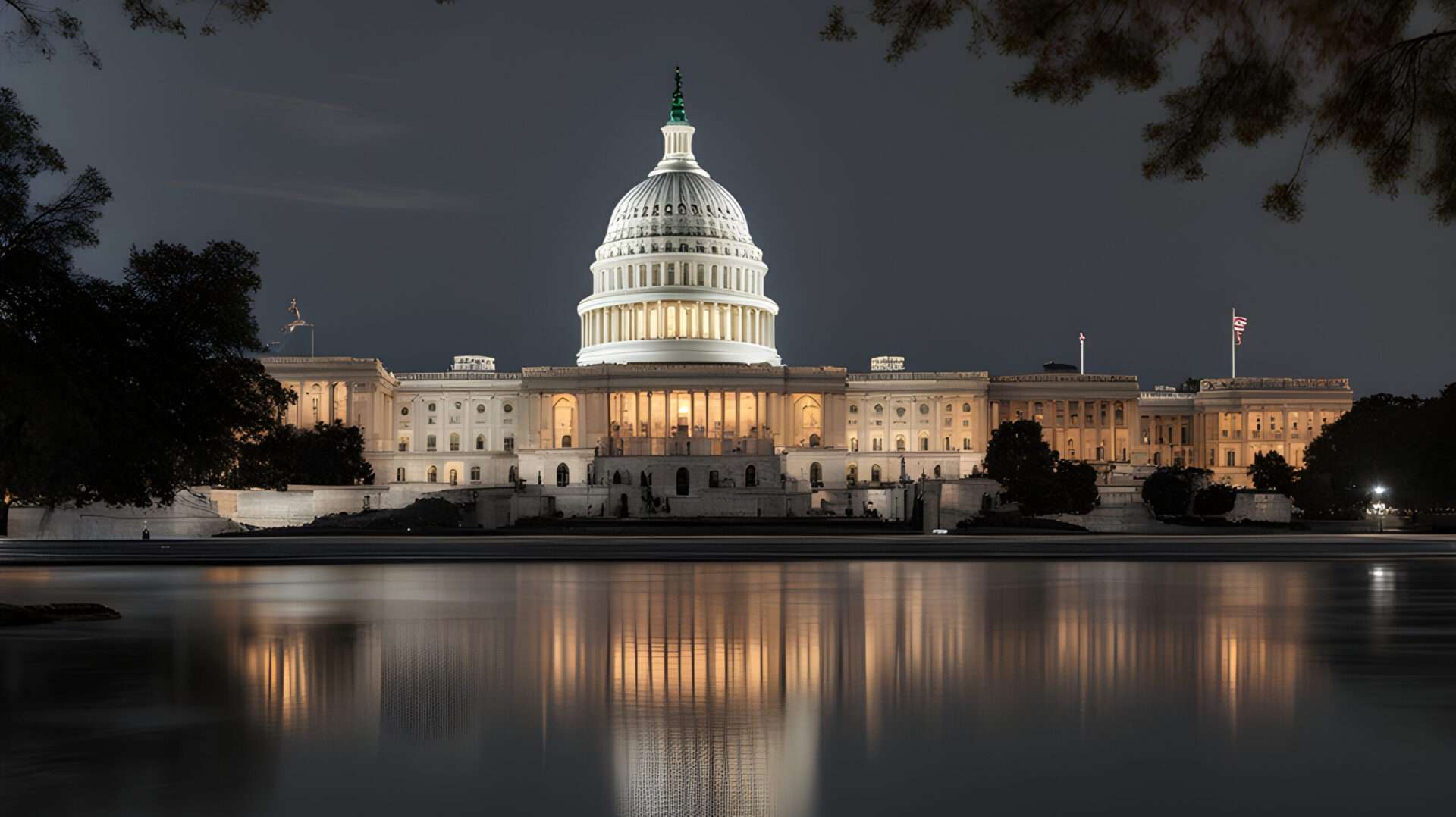Note: Political Awareness’s published communication is never authorized by any candidate or their committees.
Understanding Tariffs: Definition, Function, and Historical Perspective in the United States
Tariffs are a fundamental aspect of international trade policy, shaping economic relationships between countries. In simple terms, tariffs are taxes imposed by a government on imported goods, which influence the cost, availability, and flow of foreign products into a country. In the United States, tariffs have played a significant role in economic development, trade negotiations, and political debates throughout history.
What Are Tariffs?
Definition
A tariff is a tax levied by a government on goods and services imported from other countries. The primary purpose of tariffs is to raise the price of imported goods, making them less competitive compared to domestically produced products. This can protect domestic industries from foreign competition, generate government revenue, or serve as leverage in trade negotiations.
Types of Tariffs
- Ad Valorem Tariffs: A percentage of the value of the imported goods (e.g., 10% of the item’s price).
- Specific Tariffs: A fixed fee based on the quantity, weight, or size of the item (e.g., $1 per kilogram).
- Compound Tariffs: A combination of ad valorem and specific tariffs.
How Tariffs Work in the United States
When the U.S. imposes tariffs, importers must pay the applicable tax at the border before the goods are allowed into the country. The tariff cost is typically passed onto consumers through higher prices, though importers may absorb some of the costs.
Impacts of Tariffs in the U.S.:
- Protection of Domestic Industries: Tariffs shield American manufacturers from foreign competition, helping preserve jobs and promote local production.
- Revenue Generation: Historically, tariffs served as a significant source of federal income before income taxes became prominent.
- Trade Policy Tool: Tariffs are used in negotiations to encourage or discourage trade with specific countries or industries.
Recent Trends
In recent decades, the U.S. has shifted towards reducing tariffs through free trade agreements like NAFTA (now USMCA) and the World Trade Organization (WTO) commitments. However, tariffs still serve as strategic tools, as seen in recent trade disputes, notably with China.
Historical Perspective of Tariffs in the U.S.
Early History
- 19th Century: Tariffs were central to U.S. economic policy. The early American economy relied heavily on tariffs for revenue and protection. The Tariff of 1828 (“Tariff of Abominations”) and subsequent tariffs were fiercely debated. Often reflecting regional interests between industrial North and agricultural South.
- Protectionism vs. Free Trade: The U.S. oscillated between protectionist policies to promote domestic manufacturing and free trade ideals to encourage imports and economic growth.
20th Century Developments
- The Smoot-Hawley Tariff Act (1930): One of the most infamous tariffs, it raised U.S. tariffs on thousands of imports during the Great Depression, aiming to protect American jobs but contributing to a global trade downturn.
- Post-WWII Era: The U.S. led efforts to reduce tariffs through international agreements, fostering global trade liberalization under organizations like GATT, later WTO.
Contemporary Era
- Trade Wars: Recent years have seen increased tariffs as tools for negotiating trade deals or addressing perceived unfair practices, notably with China starting in 2018 under the Trump administration.
- Trade Policy Debates: Tariffs remain contentious, balancing protecting domestic industries and maintaining global economic cooperation.
Conclusion
Tariffs are a powerful tool in shaping a nation’s trade policy, with a complex history intertwined with economic growth, political interests, and international relations. In the United States, they have served as both protectors of domestic industries and instruments of diplomacy. Understanding tariffs helps clarify many of the debates surrounding trade policy today and their historical significance in shaping America’s economic landscape.

Leave a Reply